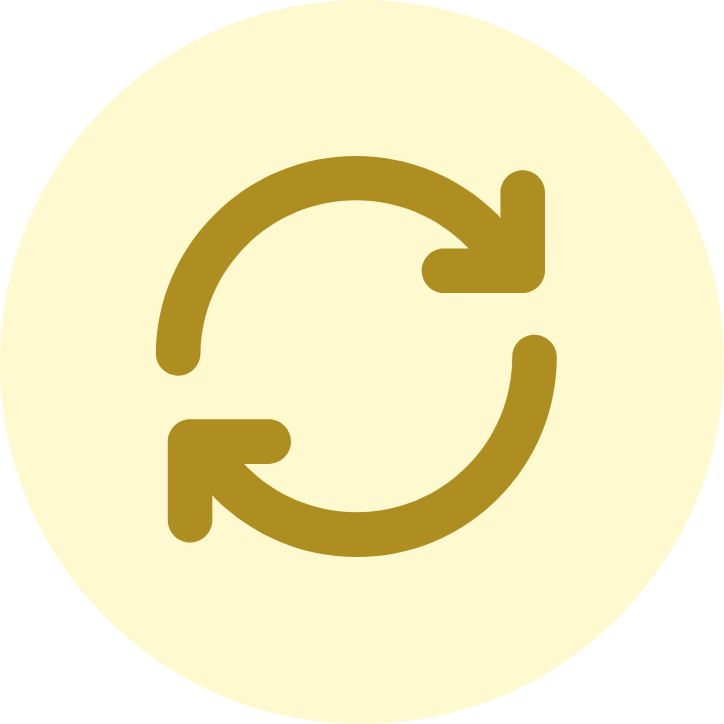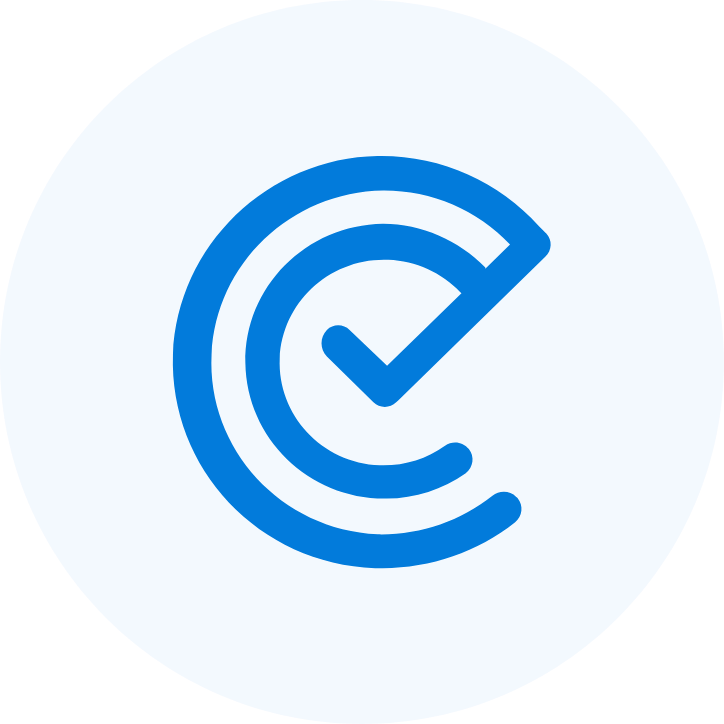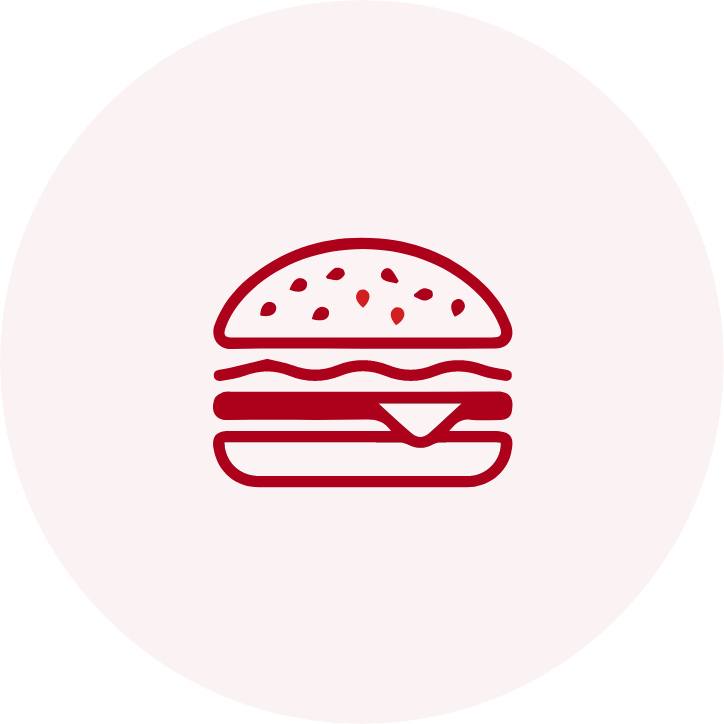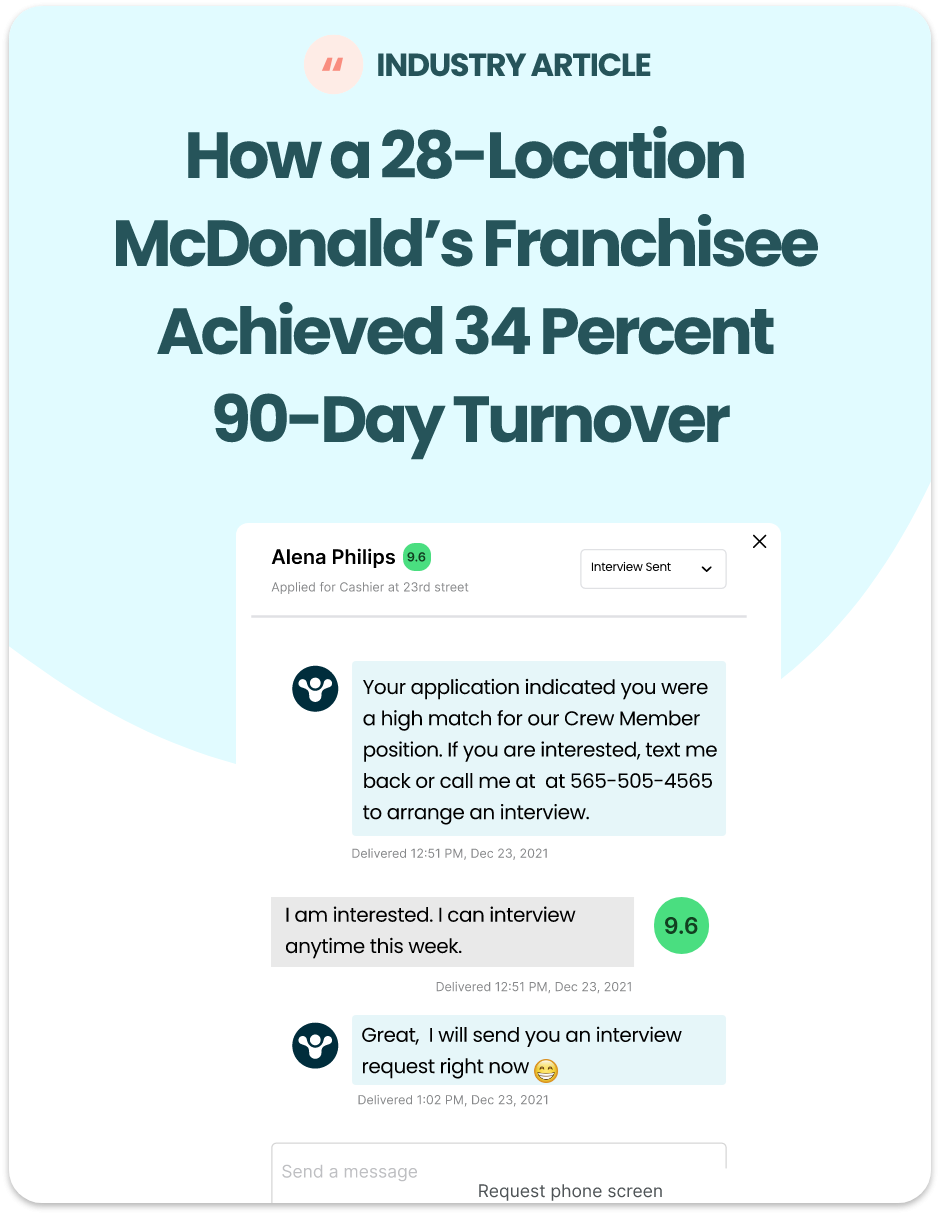Employee discipline isn’t easy for most managers. It typically involves verbal and written warnings regarding tardiness, no-shows, or disregard for the dress code or behavior that result in an employee write-up. Escalating from warnings to a write-up can be intimidating for most managers. But, it is important to follow a formal structure when moving an employee through the warning system to employee discipline to write-ups and termination. Follow these fundamentals of employee write ups to ensure you get it right.
#1 Take a Breath
Before taking any disciplinary action, it is important to take a step back and take a breath. It’s best not to take any actions while you are still angry at a person or situation. Write down what you experienced and who was involved. The next day, revisit what you recorded and decide if it stills needs to be acted on.
#2 Document the Problem
One of the most important fundamentals is documenting the problems that arise. From verbal to written warnings and write-ups, it is crucial to document and date each warning and store it in a secure space within an employee’s existing documents folder. It’s important to note when the incident occurred, who was involved, who else saw what happened (or didn’t happen), and what warning or notice was given to the offending employee.
#3 Cite the Employee Handbook
Another fundamental that can be easily overlooked is to actually cite the employee handbook or onboarding materials that were given to an employee when beginning their job. By citing that they have used one of three no-show warnings, the employee will need to acknowledge that their actions have consequences that they were aware of. Also cite what is outline for employee discipline, like less hours or a probationary period.
#4 Set Expectations
It’s not just enough to give a warning regarding no-shows, lack of proper attire, or poor customer service. It’s important to set expectations with the employee to measure progress and correct any issues that have been forming, when applicable. If a server is not routinely checking on diners or presents a poor attitude with other staff members, create a plan together to fix this and let them know how it will be monitored. For example, over the next two weeks, we expect [staff member name] to visit each customer’s table at least once every six minutes to refill water, take orders, check in on their satisfaction related to the food, and offer dessert. The shift supervisor will monitor the level of service their tables are receiving.
#5 Provide Proof of Warnings
After providing a verbal warning, it is important to follow it up with a written warning. These will be needed when progressing to a write up by showing that the specified number of warnings were given before a write-up was issued. From there, after the write-ups are issued, these documents are important to keep if they are used to terminate an employee, even in an at-will state.
#6 Follow Up
Lastly, it is important to follow up on the warnings or write-ups given to see if the employee has taken them seriously. Are they still showing up late? Providing poor service? Getting into arguments with management? If so, it’s important to follow your set guidelines regarding when to write up an employee. A bad employee is worse than no employee and can be detrimental to a restaurant’s bottom line and other staff members.
Overall, it’s important to follow a routine system when moving an employee from warning to write-ups to termination and stick to the fundamentals along the way to avoid legal trouble. It’s important to keep track of which employees aren’t adhering to their job requirements and are costing the restaurant lost customers, poor productivity, and even lower staff morale.
Before making your next hire, learn how Sprockets’ Applicant Matching System ensures you only hire candidates who are like your best employees.






























